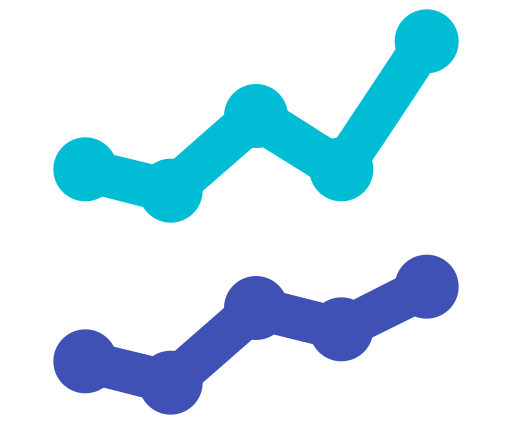London
The capital is composed of 32 boroughs and its political geography is largely a picture of a red core surrounded by a blue (and sometimes orange) ring. Inner London boroughs tend to vote strongly for Labour, whilst the outer suburbs tend to be a better hunting ground for Tories. Tory prime minsters, Margeret Thatcher (Finchley, LON) and Boris Johnson (Uxbridge and South Ruislip) both represented Outer London suburban seats. Meanwhile, Labour prime minister Clement Atlee (Limehouse then Walthamstow West, LON) represented two Inner London seats.
Although London has been well to the left of the country as a whole in recent elections, this was not always the case. London swung with the nation from the mid-50s to the mid-80s. During this time, the party that would govern, always won the most votes in the capital. This streak ended in 1987, when Thatcher won the national vote by eleven points over Labour but lost the capital by one and half points. Since then the capital has move further left, the Tories went from 48 seats in 1992 to just 11 in 1997 thanks to boundary changes and an eleven point decline in their vote.
The decline of the London Conservatives was to the benefit of Labour but also the Liberal Democrats. They were able to pick up 6 seats in 1997 and hold them until 2015, however governing with the Conservatives had left them deeply unpopular and they were all but wiped out.
The Conservative recovery of the late 2000s in local and general elections that occurred across the UK was not matched in London. A much more modest recovery saw them peak at 28 MPs, 32 percent of the vote ,14 boroughs and city hall under their control. From 2010 onwards, the conservative position weakened and Labour came to dominate in local, mayoral and general elections.
